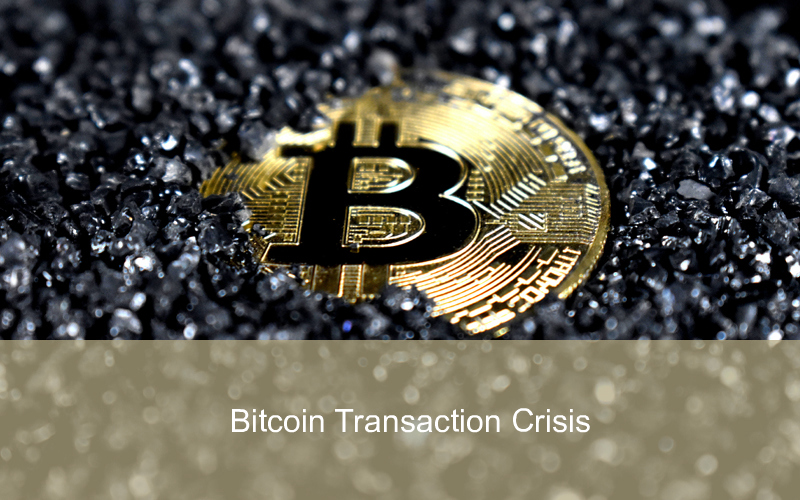Bitcoin has seen a 9.4% correction over a period of 8 days, ending on the 13th of May. Cryptocurrency users were concerned by the rise in transaction fees and network congestion, speculating that a coordinated attack was aimed at disrupting the network. Investor and Bitcoin activist, proofofjogi commented that high fees would make the network unusable for smaller players and impair the use of Lightning Network, a layer-2 scaling solution. By the 12th of May, the average transaction fee had dropped to $5.10, a drop of 83%.
At present, traders are unsure if Bitcoin will bounce back above $28,000. Bitcoin futures and options data have shown moderate weakness, however a rally may happen if investors have higher hopes of a U.S. government debt default. As failure to pay can have a negative effect on risky assets likes BTC, traders must be careful if Bitcoin futures premium flip negative or if similar costs arise by using options to hedge.
Additionally, the 25% delta skew must be taken into account, as arbitrage desks and market makers tend to overcharge for upside or downside protection. This can be determined if the skew metric rises above 7% if traders are anticipating a Bitcoin price drop, or if the metric comes in at negative 7% in phases of excitement.
Interestingly, the BTC options 25% delta skew spiked to 4% on May 11 and this neutral area is in stark contrast to the previous week which flirted with bullish sentiment at negative 8%. These markets signal that pro traders are not as confident, however this cannot necessarily be taken as a signal of bearishness.
Overall Bitcoin traders must keep a close eye on the market to ensure they remain informed on any signals of bullishness and bearishness, while also taking into account any risks posed by the US government defaulting on debt.
 Liam Smith
Liam Smith
- 2023-05-15
Will Bitcoin Bounce Back?
Bitcoin has seen a 9.4% correction over a period of 8 days and investors are unsure if the cryptocurrency will bounce back above $28,000. Bitcoin traders should pay close attention to various market signals to help inform their decisions.

